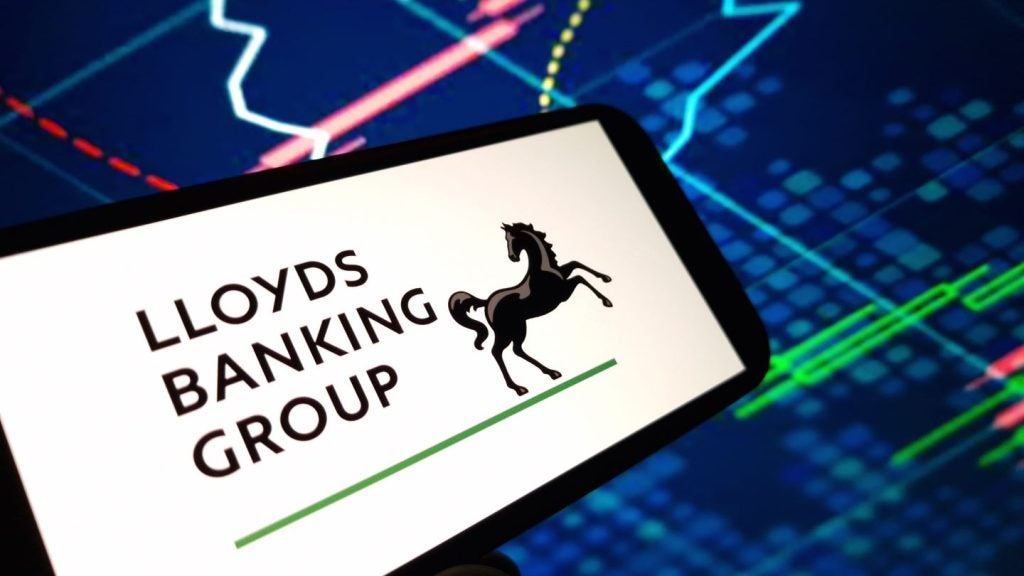
Recently, the Bank of England and the Treasury have published a consultation paper on the introduction of a central bank digital currency (CBDC) in the UK: a digital pound.
The digital pound would act like an online form of cash suitable for everyday payments. Unlike a typical savings account, it would not earn any interest, however it would significantly increase access to financial services in the UK.
Research shows that 28% of people now feel locked out of the UK’s financial services market, up from 20% last year – the percentage of those who feel financially excluded rises to 45% for black and ethnic minority groups.
A UK CBDC by 2025? – timeline is ambitious
The Bank of England has presented an outline of how the digital pound would function with an ambitious timeline for introducing a CBDC by 2025.
The success of a UK CBDC depends on whether the advantages of a UK CBDC will outweigh the costs associated with building and implementing the necessary infrastructure to facilitate the new payment system.
A significant benefit of a CBDC is its potential to enhance financial inclusion by providing an effective avenue for the unbanked residents of the UK to gain access to banking services. The digital pound, stored in online wallets, could also serve as a vehicle for the government to execute “fiscal transfers,” channelling tax subsidies or support payments directly to households and businesses, as well as expediting financial aid.

US Tariffs are shifting - will you react or anticipate?
Don’t let policy changes catch you off guard. Stay proactive with real-time data and expert analysis.
By GlobalDataHowever, The Bank of England’s CBDC consultation paper poses some questions about the nature of a digital pound: how, or if, can it coexist alongside digital currencies such as stablecoins.
The overlap of stablecoins and digital pounds
Stablecoins are digital assets that stand apart from traditional currencies, as they are issued by private enterprises rather than government entities. In contrast to cryptocurrencies like Bitcoin, stablecoins derive their value from being pegged to a stable asset, such as the US dollar or British pound.
In the context of the proposed digital pound, the bank discusses what the overlap between a stablecoin and a digital pound could offer, arguing that they could ‘coexist’ in a mixed payments economy.
According to the bank, stablecoins would need to be “fully backed with high-quality and liquid assets” in order to complement a digital pound.
“In contrast to the digital pound, stablecoins, regardless of their backing asset, would be a liability of the private-sector issuer rather than a claim on the central bank. That means they would be private money, like commercial bank deposits.”
The paper also suggests a model whereby these backing assets could be “held entirely with the central bank”, rendering the stablecoin “economically similar to the digital pound” and reducing financial risk.
Should the digital currency be used to back a stablecoin, the issuer would provide holders with stablecoin tokens based on the value of digital pounds. These could be used by customers for domestic and international payments, as well as trading in cryptocurrencies.
These private currencies would function on the blockchain, providing easier and cost-effective payments. In some countries, stablecoins are already being used as a hedge against inflation and macroeconomic uncertainty.
Could the introduction of a digital pound aid in the regulation of cryptocurrencies?
A digital pound could play a pivotal role in reducing systemic risk within the volatile crypto sector while simultaneously increasing the range of banking options available to UK customers.
Presently, stablecoins are typically overseen by private banks or organisations that lack regulatory oversight and auditing. However, introducing a stablecoin backed by a digital pound and held within the central bank’s account would significantly enhance transparency and trustworthiness.
To ensure the stability and integrity of stablecoin providers, the central bank could conduct periodic audits of their reserves. Additionally, legislators could impose capital requirements, for example stipulating a specific percentage of issuers’ reserves to be held within the central bank.
However, there is a trade-off in implementing stringent capital requirements, as they could potentially impact the profitability of stablecoins. Since they are typically linked to interest-bearing assets like Treasury bonds, they can make money from their holdings – that is, the assets held against the stablecoins they issue.
A digital pound-backed stablecoin issuer would be unlikely to earn interest on its account at the central bank. Unlike conventional banks such as Lloyds, which have reserve accounts at the central bank earning the base rate, it’s unlikely that the Bank of England would offer stablecoin providers a similar arrangement. Providing stablecoin providers with the same type of account would subject them to comparable regulations, potentially impacting the flexibility that is highly valued by crypto asset providers.
Stablecoins backed by a digital currency held at the central bank could tackle some of the systemic issues associated with this type of crypto asset. For example, the collapse of a major stablecoin, which typically happens when a market event causes holders to quickly withdraw their holdings and the issuer has difficulties fulfilling so many redemptions at once.
If issuers held a percentage of liquid digital currency reserves at the central bank, this would ensure that they had funds to process redemptions or withdrawals, preserving the coin’s value against the digital pound. Additionally, in the event of issuer bankruptcy, the central bank could offer insurance to stablecoin customers, providing a certain level of protection for their assets.
Like cash and bank accounts, digital assets and stablecoins have the potential to operate in tandem.
Additionally, a digital pound could highlight the growing role of private money in the economy, fostering financial inclusion while helping to make the financial system more secure.
Ganesh Viswanath Natraj is assistant professor of finance at the Gillmore Centre for Financial Technology at Warwick Business School







